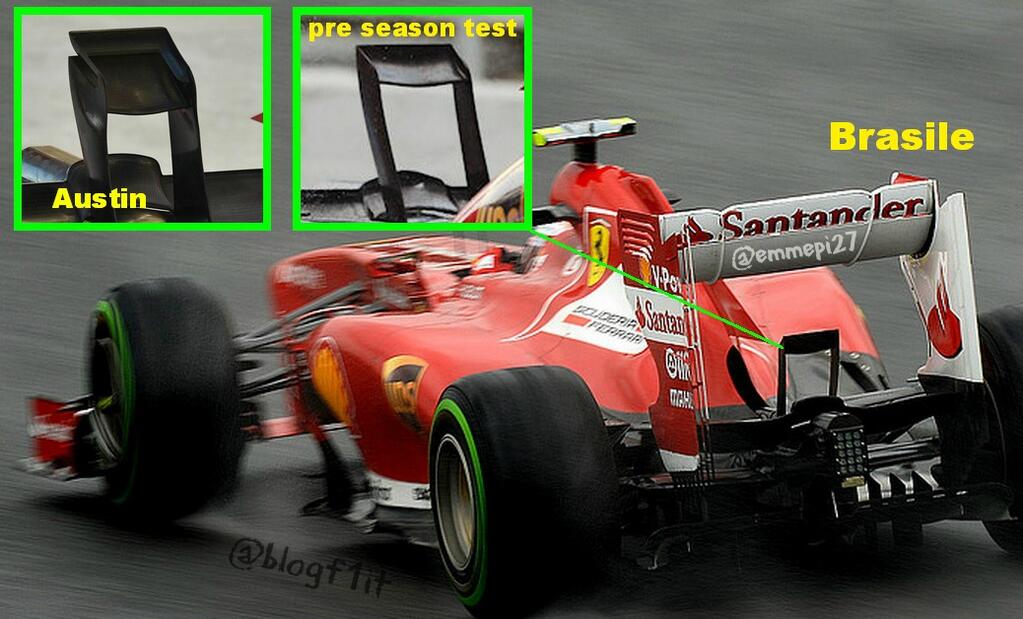321apex wrote:re: "I am not convinced that the uplift makes the difference here."
To be sure, any vehicle/car in the flowing air generates uplift from the upper body surface AND downforce from added design elements such as wings, diffusers, ground effects, etc.
The sum of those determines how much NET downforce the wheels feel. As an example, 500 kg of combined front/rear wing/diffuser downforce minused by 300kg of body up-lift force yields 200kg of net push at the wheels. Body of any vehicle is not flat on top, as a result it must be subject to the same fluid dynamics rules as an airfoil of an airplane - generating some lift.
What is being suggested is that Newey is far better in managing the amount of body uplift his design generates.
I know what is meant

. Basicilly you reduce uplift by lowering the pressure zones underneath and raising them on top. Still I don't believe that that is making the difference. Might be part of it, but based purely on body uplift I don't think you can gain that kind of advantage. You could argue that a better working diffuser is in essence a better management of uplift due you accelerate air underneath, thus loweing pressure and by that reducing lift. But it isn't common to speak in that case of "less uplift". Neither are we doing that when we speak about downforce. You'd only add downforce if it produced more pressure on top of it then below it.









